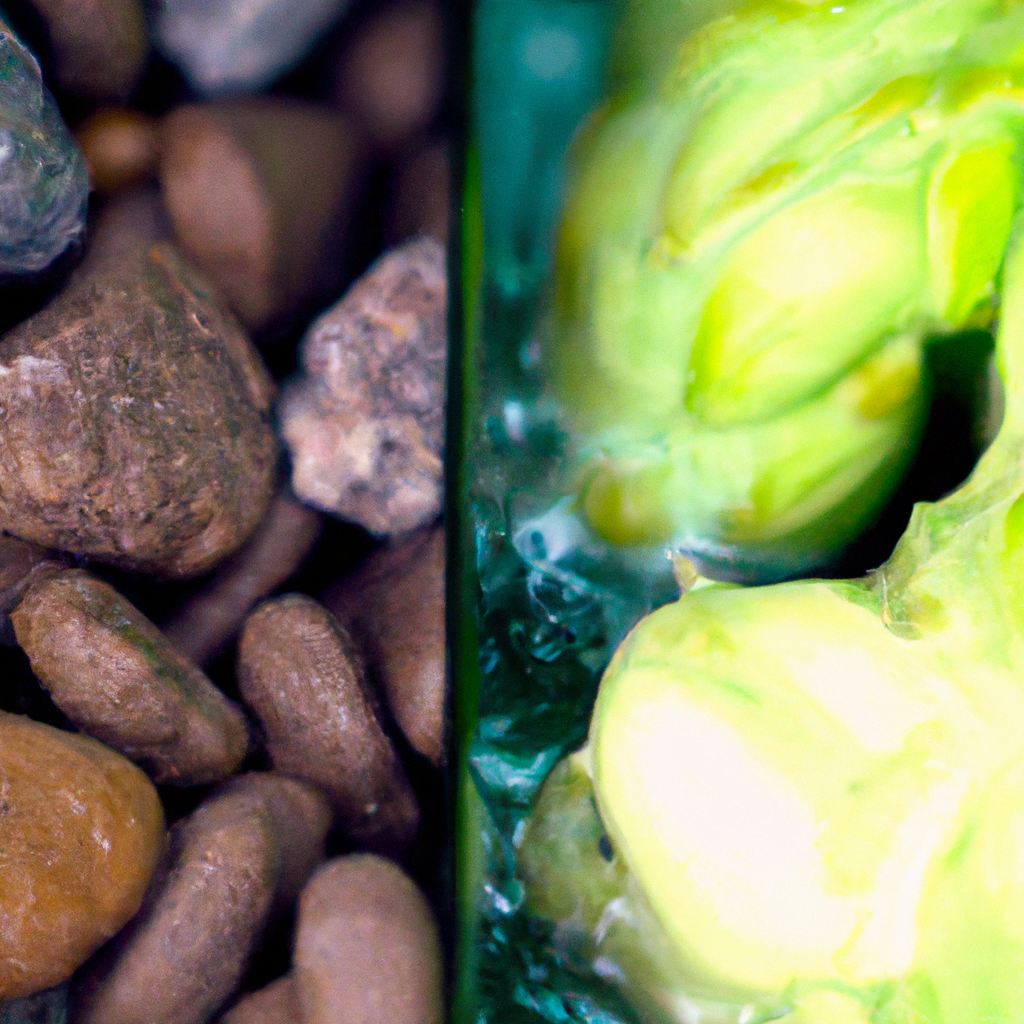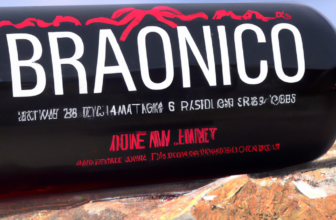
-
Article Summary
- The Dynamic Duo: Citra and Mosaic Hops Dominating the Beer Industry
- Key Takeaways
- Introduction: The Rise of Citra and Mosaic Hops
- The Allure of Citra and Mosaic Hops
- Breweries Embrace Citra and Mosaic Hops
- Challenges of Citra and Mosaic Hops
- FAQ Section
- What are Citra and Mosaic hops?
- Why are Citra and Mosaic hops popular?
- What challenges do Citra and Mosaic hops present?
- How have breweries responded to the popularity of Citra and Mosaic hops?
- What is the impact of Citra and Mosaic hops on the beer industry?
- Conclusion: The Continued Dominance of Citra and Mosaic Hops
- Key Takeaways Revisited
The Dynamic Duo: Citra and Mosaic Hops Dominating the Beer Industry

[youtubomatic_search]
Key Takeaways
- Citra and Mosaic hops have become the most popular hop varieties in the craft beer industry.
- These hops are known for their unique flavor profiles, contributing to the rise of IPA popularity.
- Many breweries are experimenting with these hops to create innovative and flavorful beers.
- The demand for Citra and Mosaic hops has led to an increase in hop farming and cultivation.
- Despite their popularity, these hops present challenges in terms of availability and cost.
Introduction: The Rise of Citra and Mosaic Hops
The craft beer industry has seen a significant shift in recent years, with the rise of Citra and Mosaic hops. These two hop varieties have become the darlings of the industry, favored by brewers and beer enthusiasts alike for their unique flavor profiles and versatility. This article explores the dominance of Citra and Mosaic hops in the beer industry, their impact on beer styles and brewing practices, and the challenges they present.
The Allure of Citra and Mosaic Hops
First introduced in 2007 and 2012 respectively, Citra and Mosaic hops have quickly gained popularity due to their distinct flavors and aromas. Citra hops are known for their strong citrus and tropical fruit notes, including grapefruit, lime, and passion fruit. Mosaic hops, on the other hand, offer a complex blend of floral, tropical, fruity, and earthy characteristics.
These hops have played a significant role in the rise of India Pale Ales (IPAs), a beer style known for its strong hop character and high alcohol content. According to the Brewers Association, IPAs accounted for over a third of all craft beer sales in 2019, demonstrating the impact of Citra and Mosaic hops on consumer preferences.
Breweries Embrace Citra and Mosaic Hops
Many breweries have embraced Citra and Mosaic hops, using them to create innovative and flavorful beers. For example, Sierra Nevada Brewing Co. released their “Hoptimum” IPA, a triple IPA brewed exclusively with whole-cone Citra and Mosaic hops. Similarly, Bell’s Brewery’s “Two Hearted Ale”, an American IPA brewed with 100% Centennial hops, was reformulated to include Citra and Mosaic hops due to their popularity.
These hops have also influenced home brewing practices, with many home brewers experimenting with these varieties to create their own unique beers. This trend has led to an increase in hop farming and cultivation, with the United States Department of Agriculture reporting a 96% increase in hop acreage from 2007 to 2017.
Challenges of Citra and Mosaic Hops
Despite their popularity, Citra and Mosaic hops present challenges in terms of availability and cost. These hops are in high demand but limited supply, leading to higher prices and potential shortages. Additionally, these hops require specific growing conditions, further limiting their availability.
Furthermore, the dominance of these hops has led to concerns about the lack of diversity in beer styles and flavors. Some critics argue that the focus on Citra and Mosaic hops has overshadowed other hop varieties and traditional brewing methods.
FAQ Section
What are Citra and Mosaic hops?
Citra and Mosaic hops are varieties of hops known for their unique flavor profiles. Citra hops have strong citrus and tropical fruit notes, while Mosaic hops offer a complex blend of floral, tropical, fruity, and earthy characteristics.
Why are Citra and Mosaic hops popular?
These hops have become popular due to their distinct flavors and aromas, which have contributed to the rise of IPA popularity. They are also versatile, allowing brewers to experiment with different beer styles and flavors.
What challenges do Citra and Mosaic hops present?
These hops are in high demand but limited supply, leading to higher prices and potential shortages. They also require specific growing conditions, further limiting their availability. Additionally, their dominance has led to concerns about the lack of diversity in beer styles and flavors.
How have breweries responded to the popularity of Citra and Mosaic hops?
Many breweries have embraced these hops, using them to create innovative and flavorful beers. They have also influenced home brewing practices, leading to an increase in hop farming and cultivation.
What is the impact of Citra and Mosaic hops on the beer industry?
The rise of Citra and Mosaic hops has significantly impacted the beer industry, influencing consumer preferences, brewing practices, and hop farming. However, their dominance also presents challenges in terms of availability, cost, and diversity.
Conclusion: The Continued Dominance of Citra and Mosaic Hops
In conclusion, Citra and Mosaic hops have become the most popular hop varieties in the craft beer industry, known for their unique flavor profiles and versatility. They have significantly influenced consumer preferences, brewing practices, and hop farming, contributing to the rise of IPA popularity. However, their dominance also presents challenges in terms of availability, cost, and diversity. As the beer industry continues to evolve, it will be interesting to see how the role of Citra and Mosaic hops changes and develops.
Key Takeaways Revisited
- Citra and Mosaic hops have become the most popular hop varieties in the craft beer industry.
- These hops are known for their unique flavor profiles, contributing to the rise of IPA popularity.
- Many breweries are experimenting with these hops to create innovative and flavorful beers.
- The demand for Citra and Mosaic hops has led to an increase in hop farming and cultivation.
- Despite their popularity, these hops present challenges in terms of availability and cost.
[youtubomatic_search]






